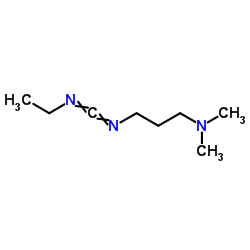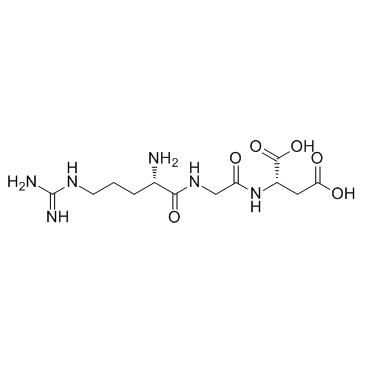| Structure | Name/CAS No. | Articles |
|---|---|---|
 |
1-(3-Dimethylaminopropyl)-3-ethylcarbodiimide
CAS:1892-57-5 |
|
 |
H-Arg-Gly-Asp-OH
CAS:99896-85-2 |